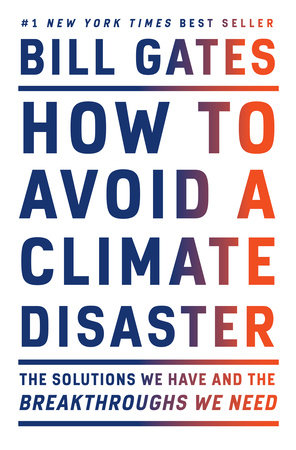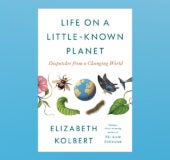For World Environment Day, we are providing resources to help students gain an awareness of the varying threats to the environment. Through this understanding, we hope to give them the tools to take action to help protect the planet.
From the world’s leading forest ecologist who forever changed how people view trees and their connections to one another and to other living things in the forest—Finding the Mother Tree is a moving, deeply personal journey of discovery.
This is both a travelogue of the near future and a meditation on how that future will look to those living through it—the ways that warming promises to transform global politics, the meaning of technology and nature in the modern world, the sustainability of capitalism and the trajectory of human progress.
Drawdown includes the 100 most substantive solutions to reverse global warming, based on meticulous research by leading scientists and policymakers around the world.
At once an explanation on the mechanisms of global change and a lively, personal narrative given to us in Jahren’s inimitable voice, The Story of More is the essential pocket primer on climate change.
All We Can Save illuminates the expertise and insights of dozens of diverse women leading on climate in the United States—scientists, journalists, farmers, lawyers, teachers, activists, innovators, wonks, and designers, across generations, geographies, and race—and aims to advance a more representative, nuanced, and solution-oriented public conversation on the climate crisis.
No One is Too Small to Make a Difference
Here is a collection of Greta Thunberg’s speeches that have made history across the globe, from the United Nations to Capitol Hill and mass street protests. Her book is a rallying cry for why we must all wake up and fight to protect the living planet, no matter how powerless we feel.
How to Avoid a Climate Disaster
In this urgent, authoritative book, Bill Gates sets out a wide-ranging, practical—and accessible—plan for how the world can get to zero greenhouse gas emissions in time to avoid a climate catastrophe.
In this hopeful, clear-eyed guide, Kimberly Nicholas argues that saving ourselves from climate apocalypse will require radical shifts within each of us, to effect real change in our society and culture.
Here is a resounding call to protect half the Earth’s land—and thereby millions of its species—by 2050, that gives us the tools to think big about the planet and our role in conserving it.
Kale Williams gives the heartbreaking and ultimately hopeful story of an abandoned polar bear cub named Nora and the humans working tirelessly to save her and her species, whose uncertain future in the accelerating climate crisis is closely tied to our own.
Browse our recommended list of books on the environment for common reading programs.











